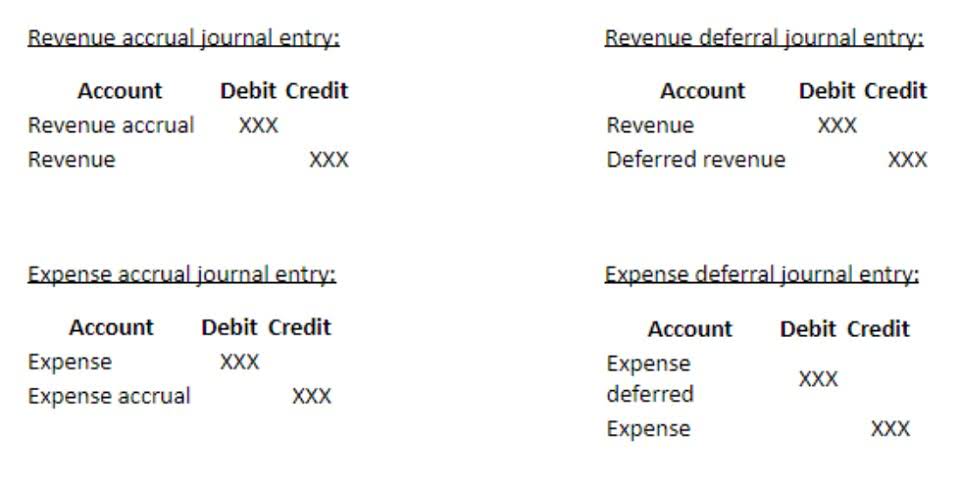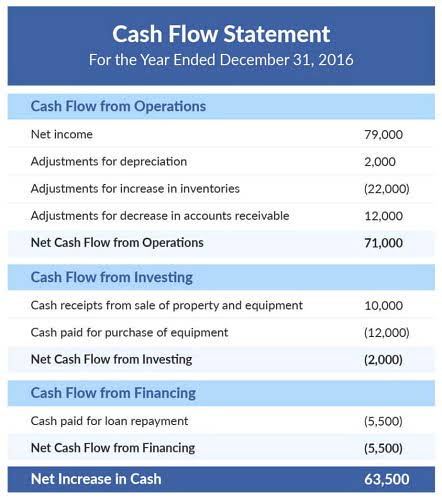What Is a Blockchain? Definition and Examples of Blockchain Technology

They use cryptocurrencies such as Bitcoin both as payment because of the privacy it provides and to target holders of Bitcoin for scams. For example, Bitcoin was used by consumers of Silk Road, a black market online shopping network for illegal drugs and other illicit services that was shut down by the FBI in 2013. In the recent ransomware attack on Colonial Pipeline, the company paid $4.4 million in cryptocurrency to unlock its computer systems. Because the transaction involves little human interaction, there is a lower risk of error.

Different Types of Cryptography
NerdWallet does not and cannot guarantee the accuracy or applicability of any information in regard to your individual circumstances. Examples are hypothetical, and we encourage you to seek personalized advice from qualified professionals regarding specific investment issues. Our estimates are based on past market performance, and past performance is not a guarantee of future performance. A keystream, or stream of characters, is used to encrypt the plaintext characters. This pseudorandom string is generated from a random seed value using digital shift registers.

Bitcoin: The first blockchain
The basic principles of cryptography perfectly correspond to the basic characteristics of blockchain technology. While digital signatures are trusted tools for encrypting blockchain network communication, Blockchain Cryptography cryptographic hash has better potential for cryptography. When a transaction is validated, the hash algorithm adds the hash to the block and creates a new unique hash from the original transaction.
Benefits of Cryptography in Blockchain
The most common applications of hashing in blockchain are evident in the use of the SHA-256 cryptographic hash function. Before diving further into the implications of blockchain and cryptography with digital signatures, let us reflect back on security fundamentals. It is important to address the requirements of four significant traits in the online transmission of valuable data.
- Hashing is used in blockchain to create a unique identity string for each block by computing its hash value.
- Asymmetric key cryptography is a widely used encryption technique in modern cryptography.
- However, we still have a long way to go before this emerging technology is widely accepted.
- In other words, the creation of the public key from the private key is aone-way process.
- So if they can keep that data encrypted, even while in use, or not even have to get it and instead exchange only what’s necessary through zero-knowledge proofs, that’s a massive win for them.
Small Business Tech Trends Defining 2023
All of the bitcoin that someone owns aren’t all jumbled together, and they can’t just be scooped out in the exact amount that is needed for a transaction (plus the transaction fees). While there are cryptocurrencies that seem more promising than bitcoin, these are accepted in even fewer places. At this stage, it seems like the main uses for cryptocurrencies are as speculative investments or to buy illicit products from darknet marketplaces. This is also engraved on a block, which is then cemented on top of the old block. Since everyone in the town will now be able to publicly verify that Jessica no longer owns the 100 kilograms of corn, she can’t try to sell it again if Mark goes away for a couple of days. They engrave this information onto a block, then cement it in the town square.
Alternatively, there might come a point where publicly traded companies are required to provide investors with financial transparency through a regulator-approved blockchain reporting system. Using blockchains in business accounting and financial reporting would prevent companies from altering their financials to appear more profitable than they really are. Transactions on the blockchain network are approved by thousands of computers and devices. This removes almost all people from the verification process, resulting in less human error and an accurate record of information. Even if a computer on the network were to make a computational mistake, the error would only be made to one copy of the blockchain and not be accepted by the rest of the network.
Generally, encryption algorithms such as AES can address the need for confidentiality. However, digital signatures are preferable alternatives for addressing the requirement of the other three traits of non-repudiation, integrity, and authentication. The effectiveness of blockchain cryptography with digital signatures depends a lot on two prominent methods of encryption. However, the focus of applications of blockchain cryptography primarily emphasizes terms such as encryption, decryption, cipher, and keys. Readers must have already come to terms with the applications of encryption and decryption in cryptography. Cipher is the algorithm that helps in performing the processes of encryption and decryption, generally by following a series of well-defined steps.

Blockchains are built based on a range of different cryptographic concepts. From safeguarding wallets and securing transactions to protecting consensus protocols and encrypting private data for anonymous accounts, almost everything needs cryptography to ensure proper functioning. Digital signatures provide an additional layer of security in blockchain cryptography. More specific than overall encryption, these signatures involve the use of a private key, which for instance, encrypts a cryptocurrency payment transaction.
- This process is not just costly and time-consuming, it is also prone to human error, where each inaccuracy makes tracking property ownership less efficient.
- Given a large number of plaintext/ciphertext combinations that used the key, an attacker should be unable to deduce anything about the key.
- In What is Blockchain we discussed the basics of a Hash Function which is one of the examples how Cryptography is usedwithin Blockchain, used to create links between blocks.
- (2020) PayPal announces it will allow users to buy, sell and hold cryptocurrencies.
- However, getting the plaintext from the ciphertext is extremely difficult.
- As blockchain technology is distinct from cryptocurrencies, it has a much wider potential application in the halal investment space.
- While some governments are actively spearheading its adoption and others elect to wait-and-see, lingering regulatory and legal concerns hinder blockchain’s market appeal, stalling its technical development.
They verify the authenticity of the transaction and prevent transaction denial—asserting the validity and non-repudiation of a transaction. The securest form of cryptography, so-called “asymmetric cryptography,” is employed here, where a pair of keys secured by cryptography links each transaction. This contrasts symmetric cryptography where the same key’s use by both sender and recipient requires the key’s transmission itself, so necessitating extra security. Without cryptography’s protective shield, the distributed, transparent nature of blockchains might pose a security risk, making them a soft target for nefarious activities. So, cryptography, in essence, is the underpinning element ensuring that blockchain technology can bloom securely and broadly.










